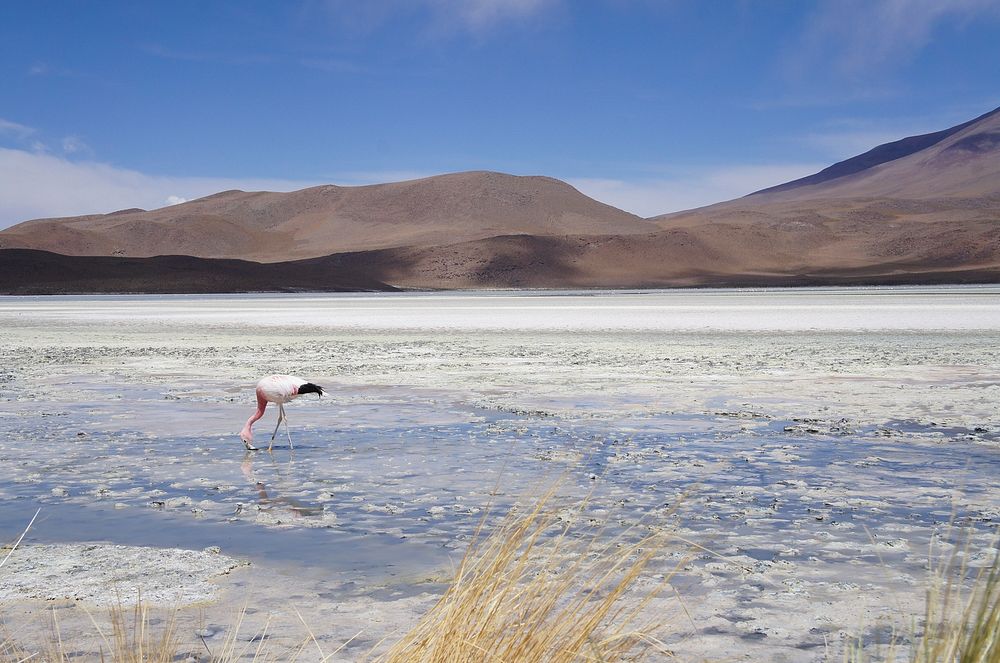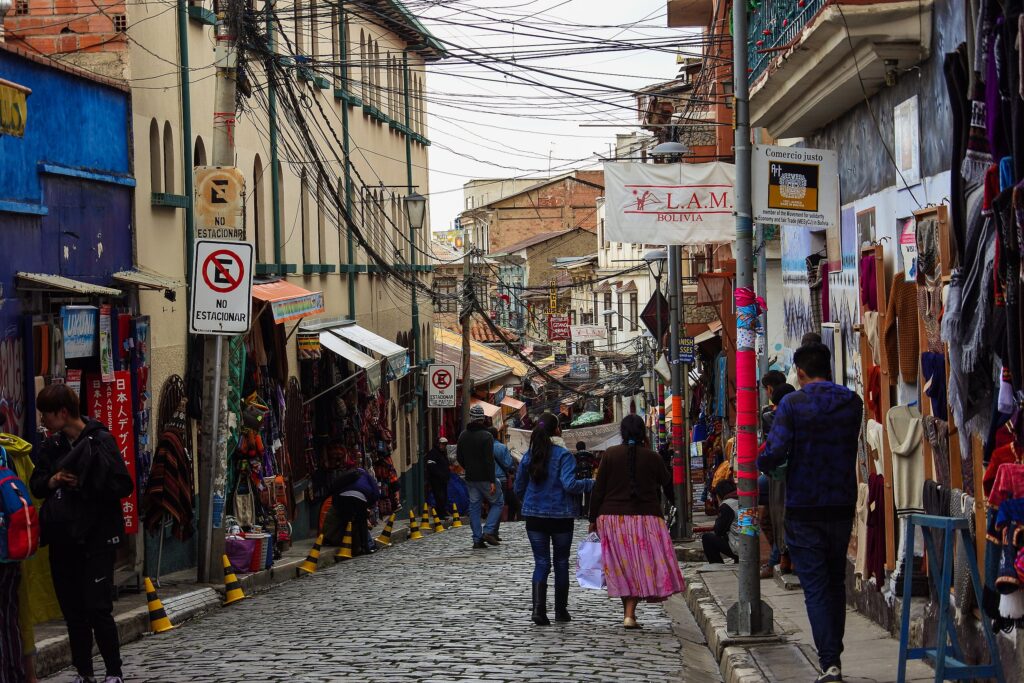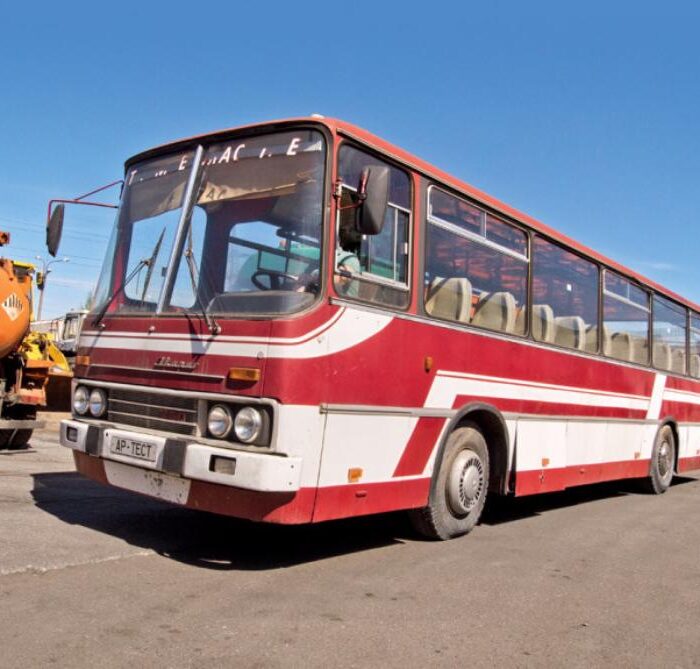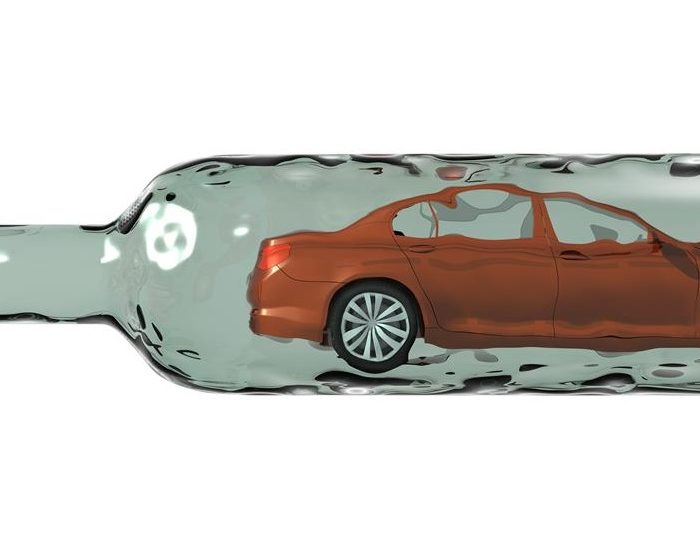Quick facts about Bolivia:
- Population: Approximately 12.2 million people.
- Capital: Sucre (constitutional), La Paz (seat of government).
- Official Language: Spanish, Quechua, Aymara, and other indigenous languages.
- Currency: Bolivian Boliviano (BOB).
- Government: Unitary presidential republic.
- Major Religion: Roman Catholicism.
- Geography: Landlocked in central South America, Bolivia boasts diverse terrain, including the Andes Mountains, the Amazon Rainforest, and the Atacama Desert, covering an area of about 1.1 million square kilometers.
Fact 1: Bolivia is a country with a mega-diversity of nature
Bolivia is renowned for its mega-diversity of nature, boasting a wide range of ecosystems, climates, and biodiversity. Situated in the heart of South America, Bolivia is characterized by its diverse landscapes, including the Andes Mountains, the Amazon rainforest, the Chaco region, and the high-altitude plateau known as the Altiplano.
Bolivia’s diverse geography contributes to its remarkable biodiversity, with the country being home to an estimated 20,000 plant species, 1,400 bird species, 300 mammal species, and countless other forms of flora and fauna. The country’s vast array of ecosystems supports a wealth of wildlife, including iconic species such as jaguars, spectacled bears, Andean condors, and pink river dolphins.

Fact 2: Pink dolphins can be seen in Bolivia
These unique freshwater dolphins are native to the Amazon Basin, including the rivers of Bolivia, such as the Mamoré, Beni, and Iténez rivers.
Similar to their counterparts in other Amazonian countries, pink dolphins in Bolivia exhibit a distinctive pinkish coloration, especially when they are young. While their color fades as they age, these dolphins remain easily recognizable by their elongated snouts and flexible necks.
Encountering pink dolphins in their natural habitat is a memorable experience for visitors to Bolivia’s Amazon region. Travelers have the opportunity to observe these fascinating creatures as they navigate the winding waterways and explore the rich biodiversity of the Bolivian rainforest.
Fact 3: Bolivia has the largest salt flats in the world
Bolivia is home to the Salar de Uyuni, the largest salt flats in the world. Located in the southwestern part of the country, near the city of Uyuni, the Salar de Uyuni covers an expansive area of over 10,000 square kilometers (approximately 3,900 square miles).
This vast salt flat was formed by the transformation of prehistoric lakes into salt deposits, resulting in a stunning expanse of white, crystalline salt crust that stretches to the horizon. During the rainy season, a thin layer of water covers the salt flat, creating a mesmerizing mirror effect that reflects the sky above and creates breathtaking optical illusions.
The Salar de Uyuni is not only a natural wonder but also a major tourist attraction in Bolivia, drawing visitors from around the world who come to marvel at its otherworldly landscapes, unique geological formations, and vibrant wildlife.

Fact 4: The most dangerous road in the world was in Bolivia
The Yungas Road, also known as the “Death Road” or “Camino de la Muerte,” was widely regarded as one of the most dangerous roads in the world. This treacherous mountain road stretched from La Paz, the capital city of Bolivia, to the town of Coroico in the Yungas region.
The Yungas Road gained its notorious reputation due to its narrow width, steep cliffs, lack of guardrails, and unpredictable weather conditions. Carved into the side of the Andes Mountains, the road featured sheer drops of up to 600 meters (nearly 2,000 feet), with numerous hairpin turns and blind corners along its route.
Despite its perilous conditions, the Yungas Road was a vital transportation artery for local communities and a popular route for adventurous travelers seeking adrenaline-fueled experiences. However, its dangers also led to numerous accidents and fatalities, particularly among cyclists and motorists.
Note: Planning to visit the country? Check if you need an International Driver’s License in Bolivia to drive.
Fact 5: One of the highest cities in the world is in Bolivia
Potosí, a city located in Bolivia, is one of the highest-altitude cities in the world. Situated in the Andes Mountains at an elevation of approximately 4,090 meters (13,420 feet) above sea level, Potosí is renowned for its significant historical and cultural heritage.
Founded in the 16th century following the discovery of silver deposits in the Cerro Rico (Rich Hill) mountain, Potosí became one of the wealthiest and most populous cities in the Americas during the Spanish colonial period. The city’s wealth and importance were derived from its rich silver mines, which were exploited by the Spanish Empire to finance its imperial endeavors.
Today, Potosí’s historic center, with its colonial architecture and Baroque churches, is a designated UNESCO World Heritage Site. Despite its high altitude and harsh climate, Potosí continues to be inhabited and remains an important cultural and economic center in Bolivia.

Fact 6: Bolivia has a record number of official languages
Bolivia is known for its cultural diversity and is recognized for having one of the highest numbers of official languages in the world. The country’s constitution recognizes over 30 indigenous languages, along with Spanish, as official languages.
Among the most widely spoken indigenous languages in Bolivia are Quechua, Aymara, Guarani, and several variants of the Amazonian languages spoken by indigenous peoples in the lowland regions. These indigenous languages have deep historical and cultural significance and are spoken by various ethnic groups across the country.
The recognition of multiple official languages in Bolivia reflects the country’s commitment to preserving its rich linguistic and cultural heritage and promoting linguistic diversity. It also underscores the importance of inclusive governance and respect for indigenous rights in Bolivia.
Fact 7: Bolivia has 7 UNESCO World Heritage sites
Bolivia is home to a total of seven UNESCO World Heritage sites, each recognized for their outstanding cultural and natural significance. These sites include:
- City of Potosí: Founded in the 16th century, Potosí is renowned for its rich colonial heritage and historic silver mines, particularly the Cerro Rico (Rich Hill), which was once one of the world’s largest sources of silver.
- Jesuit Missions of the Chiquitos: Located in eastern Bolivia, this series of six Jesuit mission towns dates back to the 17th and 18th centuries and showcases a unique blend of European Baroque architecture and indigenous Guarani craftsmanship.
- Tiwanaku: Situated near Lake Titicaca, Tiwanaku is an ancient archaeological site that was once the center of a powerful pre-Columbian civilization. It features impressive stone monuments and temples that reflect the architectural achievements of the Tiwanaku culture.
- Fuerte de Samaipata: This archaeological site in central Bolivia contains a massive sandstone rock sculpture and ruins of an ancient ceremonial center, believed to have been built by the pre-Columbian Chané people.
- Noel Kempff Mercado National Park: Located in the Amazon Basin, this expansive national park is renowned for its pristine rainforests, diverse wildlife, and stunning landscapes, including waterfalls, rivers, and unique geological formations.
- Historic City of Sucre: As the constitutional capital of Bolivia, Sucre boasts a wealth of colonial architecture, including well-preserved churches, convents, and palaces, earning it recognition as a UNESCO World Heritage site.
- Qhapaq Ñan: This extensive network of ancient roads, also known as the Inca Road System, spans several Andean countries, including Bolivia. Qhapaq Ñan played a crucial role in connecting the Inca Empire and facilitating trade, communication, and cultural exchange.

Fact 8: The name of the country takes its name from Simon Bolivar
Bolivia is named after Simón Bolívar, a prominent Venezuelan military and political leader who played a key role in Latin America’s struggle for independence from Spanish colonial rule in the early 19th century.
Bolívar is often referred to as the “Liberator” for his instrumental role in leading the independence movements across various South American countries, including Venezuela, Colombia, Ecuador, Peru, and Bolivia. He envisioned a united South America, free from Spanish control, and fought tirelessly to achieve this goal.
In 1825, following Bolivia’s liberation from Spanish rule, the country’s leaders chose to honor Bolívar by naming their newly independent nation after him. Bolivia became one of the first countries in South America to bear the name of the revolutionary leader, symbolizing its commitment to the ideals of liberty, independence, and unity that Bolívar championed.
Fact 9: Shamans and witch markets are still relevant for Bolivians
Shamans and witch markets, known locally as “mercados de brujería” or “mercados de hechicería,” continue to hold cultural and spiritual significance for many Bolivians. These markets, found in cities like La Paz and El Alto, offer a range of traditional remedies, magical objects, and spiritual services that are deeply rooted in indigenous Andean beliefs and practices.
Shamans, or “yatiris” in the Aymara language, play an important role in Bolivian society as spiritual leaders and healers. They are believed to possess special powers and knowledge of traditional rituals, herbal medicine, and ceremonies that are used to address various physical, emotional, and spiritual ailments. Many Bolivians consult shamans for guidance, protection, and healing, particularly in rural and indigenous communities where traditional beliefs remain strong.
Witch markets, on the other hand, are known for selling a wide array of items used in Andean rituals and ceremonies, including herbs, potions, amulets, talismans, and animal parts. These markets are frequented by locals seeking spiritual remedies, charms for good luck or protection, or ingredients for traditional rituals such as “limpias” (spiritual cleansings) or offerings to the Pachamama (Mother Earth).

Fact 10: Bolivia is the most isolated country in the Americas
This landlocked status resulted from the War of the Pacific, a conflict fought between Bolivia and Chile from 1879 to 1884.
During the war, Bolivia lost access to the Pacific Ocean, along with its coastal territory known as the Litoral Department, which included the port city of Antofagasta. As a result, Bolivia became completely landlocked, with its borders surrounded by Brazil, Paraguay, Argentina, Chile, and Peru.
The loss of its coastline has had significant economic and geopolitical implications for Bolivia, as access to the sea is crucial for international trade, commerce, and transportation. Despite efforts to negotiate with neighboring countries for access to coastal territories or maritime routes, Bolivia remains landlocked to this day.

Published April 05, 2024 • 9m to read





